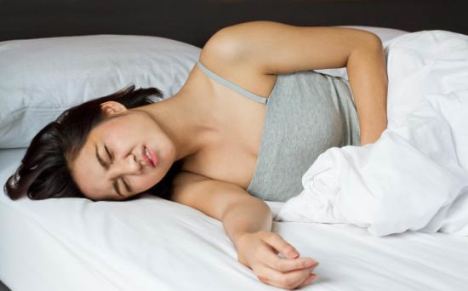How to reduce menstrual cramps?
The menstrual cramps, as the name suggests, are produced during the period, specifically during the childbearing years of women. Although the symptoms may be similar, not to be confused with premenstrual syndrome (PMS), giving the case that many women may suffer both.
Pain in the pelvis and in the abdomen, beginning with a feeling of heaviness, and the onset of cramps are the most common symptoms of menstrual cramps and can be extended to the legs or back. Also appear other associated symptoms, such as headache, nausea, diarrhea or constipation and increased urination. The intensity of the symptoms varies depending on each woman, although in some cases they can be severe and disabling during the days of the period.
Why it occur?
During the phase of ovulation, when the egg is not fertilized, the body eliminates the lining of the uterus.
The levels of estrogen and reduces progesterone to facilitate the lining of the uterus to detach and remove (menstrual flow), being replaced by a new one. During this process, the release of substances called prostaglandin also occurs, which causes the contraction of the muscles of the uterus.
Remedies
The rest and exercise on a regular basis – a simple exercise such as walking – may be enough to alleviate symptoms of menstrual cramps and to ease the menstruation. It can also be effective and relaxing an abdominal massage with lavender, the practice of yoga exercises or applying heat in the abdominal area.
The infusions are also a good ally to relieve symptoms, such as chamomile, the cinnamon (for relaxing effect), basil, fennel or ginger. Another home remedy is to take flaxseed, a couple of tablespoons a day during the days of discomfort (sprinkle on salads, yogurt or cereals).
